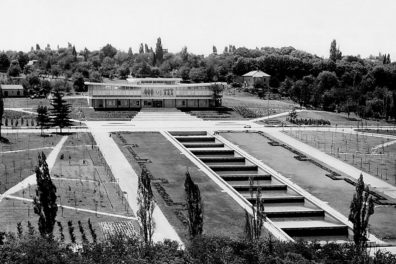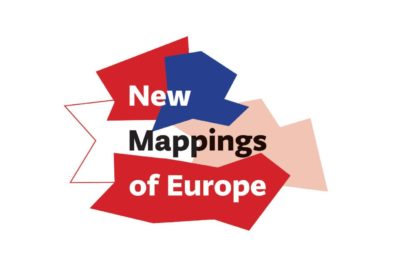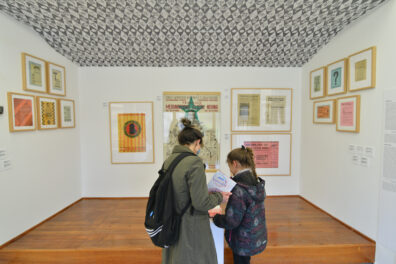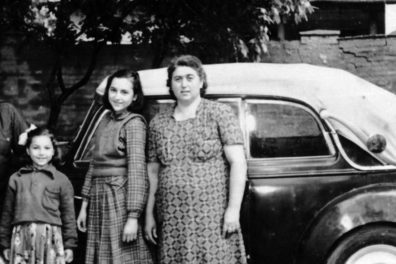Lecture: The Walls Remember ‒ Graffiti from the Second World War in Istria
On Saturday, December 21, at 3:00 p.m., culturologist Eric Ušić will hold a lecture at the Museum of Yugoslavia dedicated to the remarkable body of political graffiti created in the 1940s in Istria. Part of the said graffiti was written during the Second World War demonstrating the symbolic resistance of the partisans or marking the newly liberated places and cities, while the largest number was created in the post-war period, particularly in 1946 when the Inter-Allied Demarcation Commission arrived. Today, eighty years after their creation, more than a thousand graffiti can still be seen on the facades of Istrian houses, representing, as the author points out, a kind of outdoor archive that marks Istria’s XX century in a broader sense.
The complex historical circumstances that led to the mass production of graffiti in Istria at that time will be the topic of Ušić’ presentation, as well as the ideological function of written graffiti and messages, where the Yugoslav, anti-fascist, communist, but also national political agendas meet. Since they preserve the memories not only of the “regional partisan experience and the socialist revolution” but also of the very long and complex process of the so-called demarcation that was supposed to lead either to the reintegration of Istria into Italy or to its annexation to Yugoslavia, these graffiti, as Ušić points out, represent an “authentic expression of an era”, but also a unique example of “historical, cultural and political heritage that has not been recognized as such”. Given that, like all graffiti, they are subject to erasure and oblivion, the photo archive that Ušić collected during his many years of research, and which is now partially kept in the Museum of Yugoslavia, is of particular importance.
This program was arranged on the occasion of the opening of a new exhibition intervention within the main exhibition of the Museum entitled Yugoslavia Is Here: Political Graffiti in Istria After the Second World War. Both events were realized as part of the wider research project Political Graffiti in Yugoslavia in the Age of (Post)Socialism, the results of which will soon be published in a collection under the same name by the Museum of Yugoslavia Press.
Admission to the lecture and exhibition intervention is free.
Thanks to The State Archives in Pazin, Museum of the City of Pazin
About author:
Eric Ušić, Ph.D., culturologist, received his doctorate at the Faculty of Social Sciences in Ljubljana on the subject of political graffiti from the Second World War and the post-war period in Istria. He graduated from the Cultural Studies Department at the Faculty of Philosophy in Rijeka. He is the co-author of several feature films and one of the organizers of the Vodnjan Film Festival in Fažana. He is the author of the book The Walls Remember: A Visual Ethnography of (Post)World War II Graffiti in Istria, which was published in 2024 by Central Europe Press.
- Day: 21.12-21.12.2024
- Time: 15:00

The Origins: The Background for Understanding the Museum of Yugoslavia
Creation of a European type of museum was affected by a number of practices and concepts of collecting, storing and usage of items.

New Mappings of Europe

Museum Laboratory
Starting from the Museum collection as the main source for researching social phenomena and historical moments important for understanding the experience of life in Yugoslavia, the exhibition examines the Yugoslav heritage and the institution of the Museum

